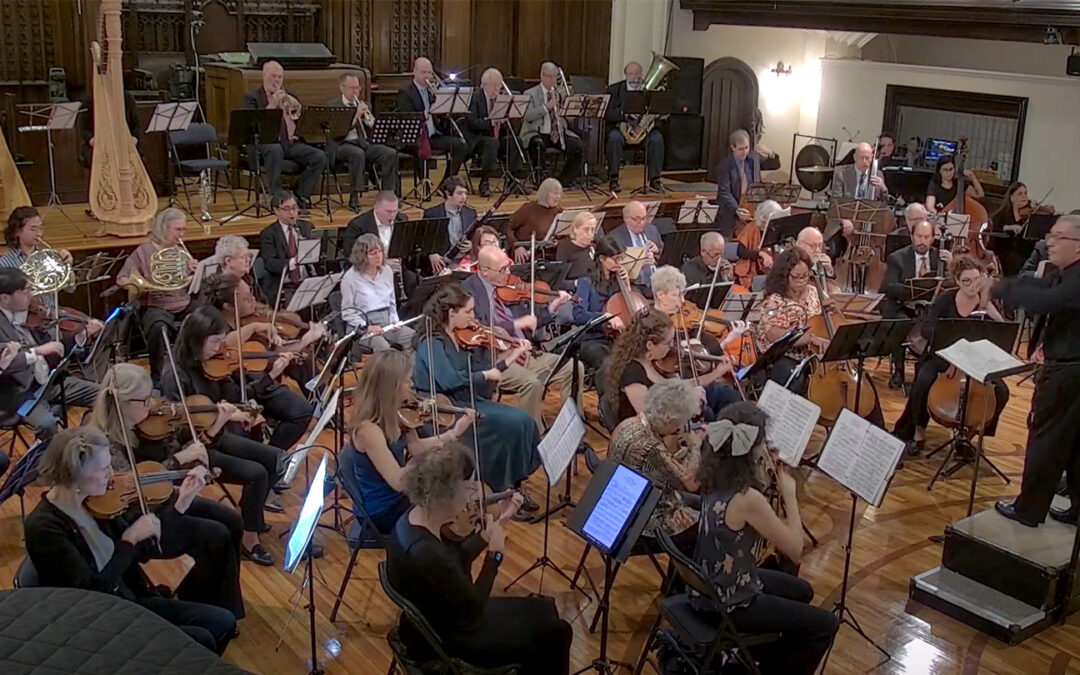In 1839, 26-year-old Richard Wagner was employed as a conductor at the Court Theatre in Riga, Latvia. With the retirement of his actress wife and overwhelming debts from their extravagant lifestyle, they fled their creditors by boarding a ship for Paris with the dream of his making a fortune selling compositions for the Paris Opera. Their sea journey was hindered by storms and high seas, turning the eight day trip into three weeks. Wagner’s experience in Paris was also disastrous. He was unable to get work as a conductor, and the Opera did not want to produce his work. His harrowing sea voyage inspired the theme of the Flying Dutchman. Its premiere performance in 1843 was his first great success and played a central role in establishing his reputation.
The legend of the Flying Dutchman is the story of a ghost ship, with black masts and blood-red sails, condemned forever to seafaring on the turbulent high seas. The captain can only be rescued from this doom by finding his true love. The overture is one of the most impressive and enthralling storm scenes in music.
Wagner is credited with popularizing and extensively using the “leitmotif,” a musical theme associated with a character, object, emotion, or event. A recent popular example is in the “Star Wars” series. Many leitmotifs are woven into Wagner’s overture, including:
- The Dutchman’s Theme: Played by the trombones and low brass, conveying a sense of foreboding and mystery, it represents the character of the Flying Dutchman himself.
- Senta’s Theme: Senta, the opera’s heroine, has her own leitmotif representing her longing for and fascination with the Dutchman. It appears in a more lyrical and romantic form, introduced by the English Horn.
- The Sailors Chorus: Played by a wind band, it celebrates their safe return to land.
- The Storm Theme: This motif evokes the turbulent wind and sea, and the supernatural elements of the story. It is characterized by dramatic orchestration, with swirling strings, creating a sense of chaos and danger. Wagner’s Flying Dutchman elevates a scary old folk tale into a powerful composition of love and redemption.
Overture to "The Flying Dutchman"
Composed in 1843
By Richard Wagner





